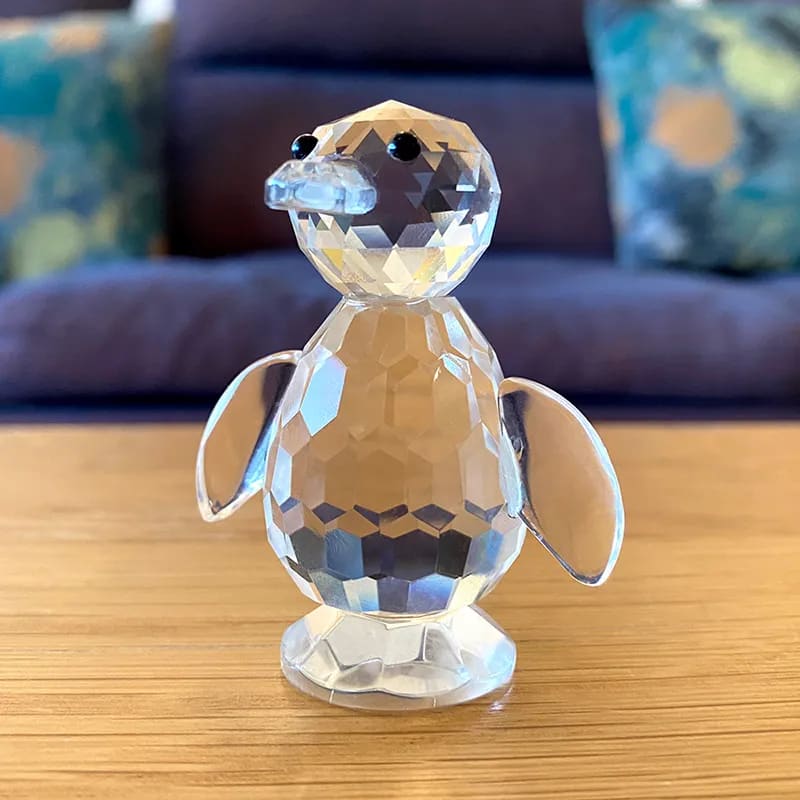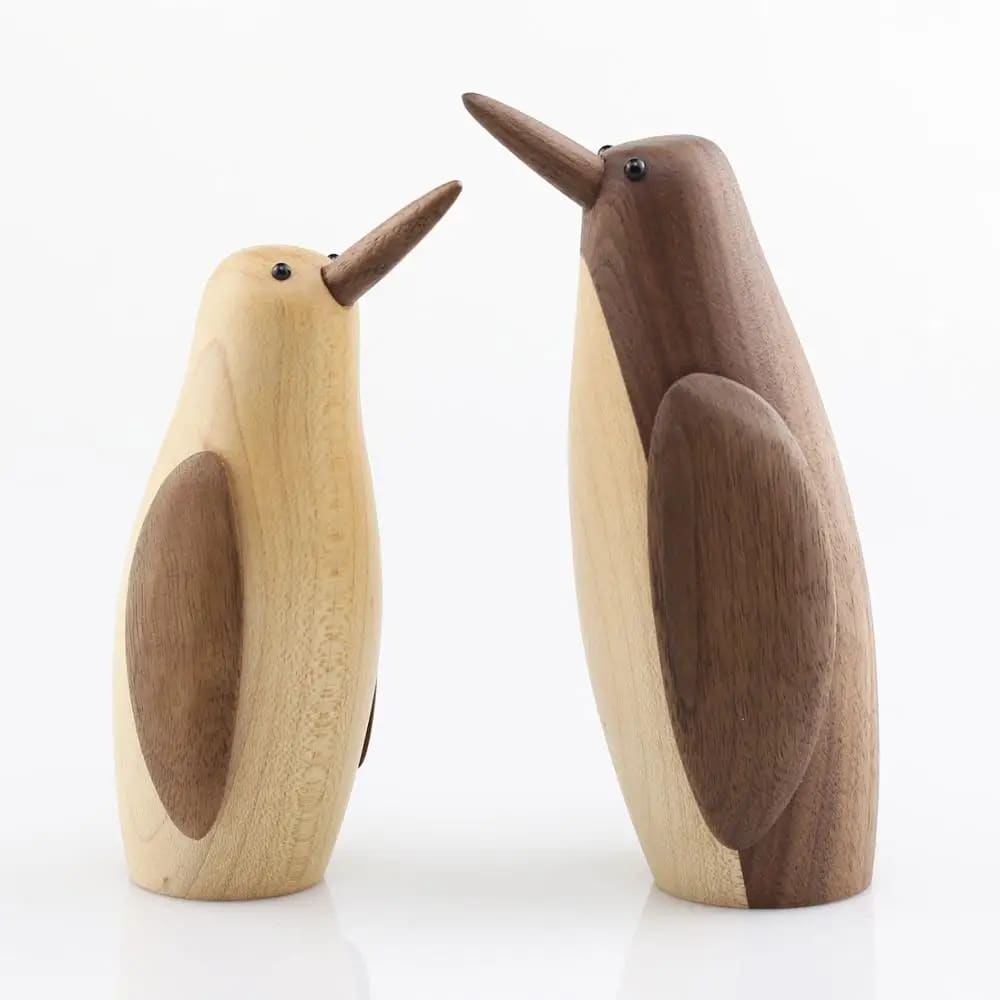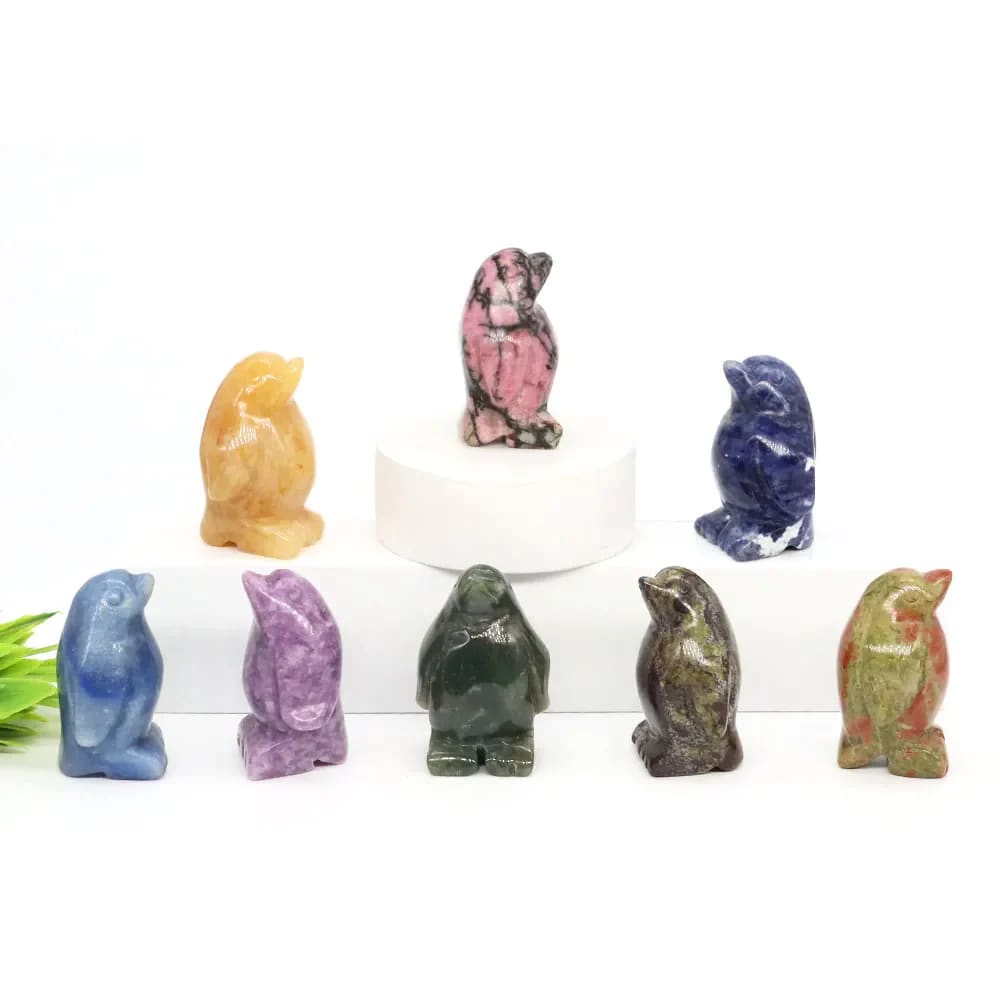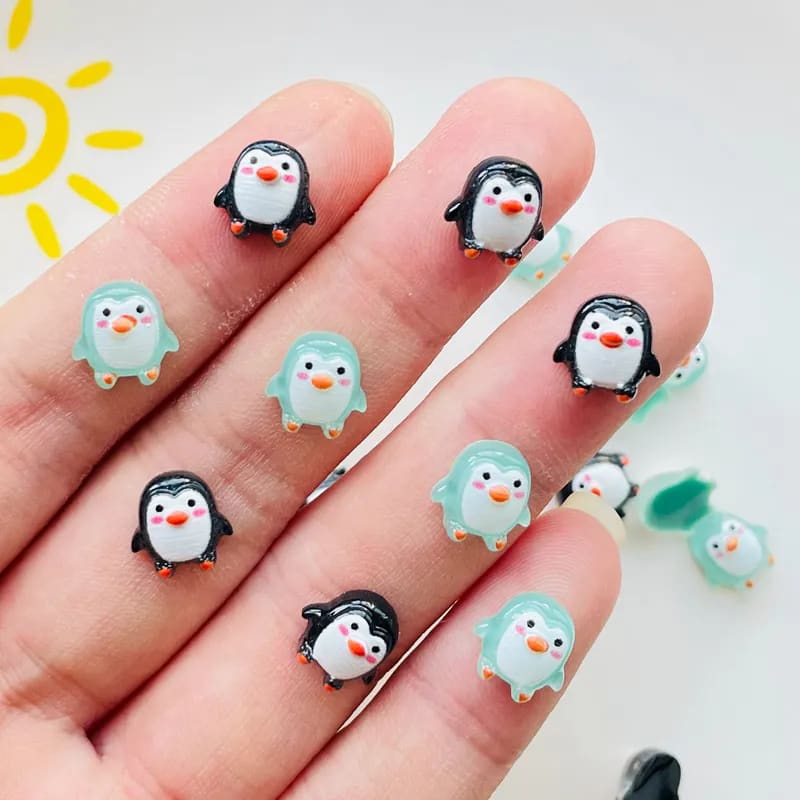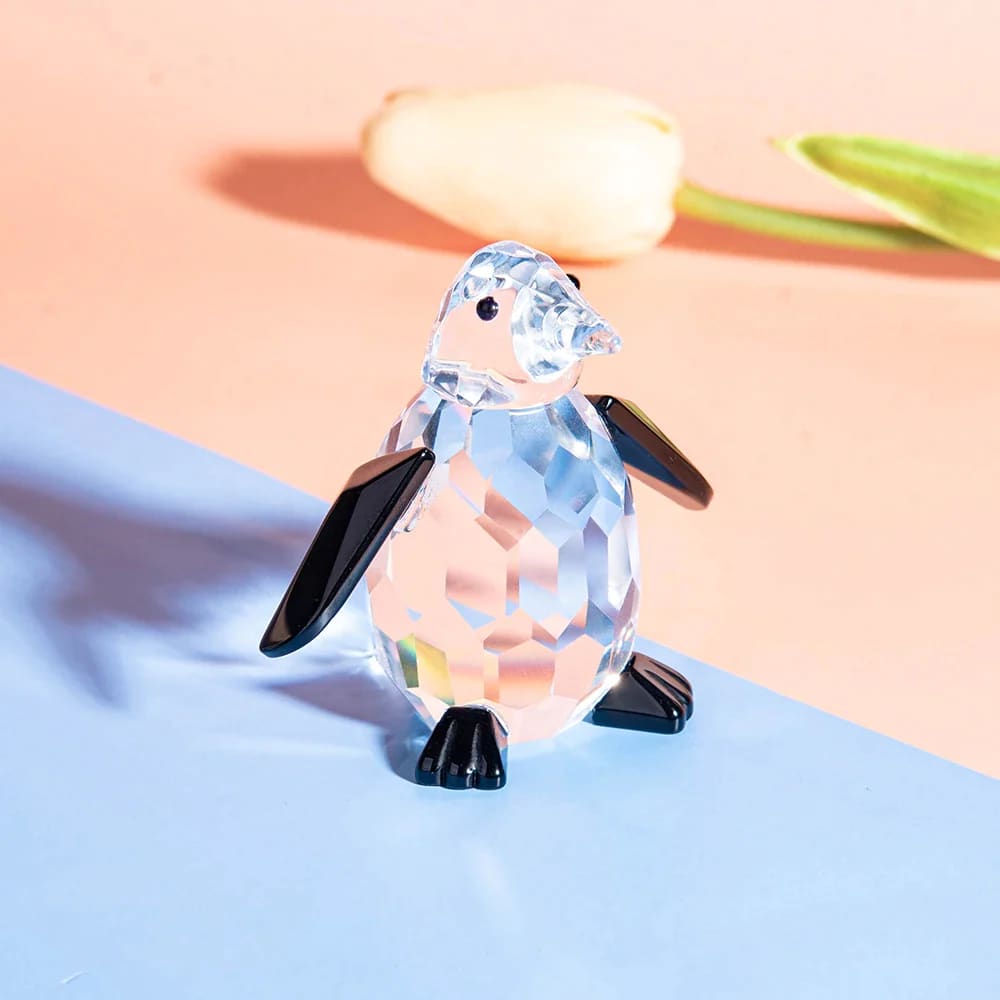What do penguins do all day? Discover the activities that keep these adorable birds busy
Feeding patterns of penguins
When it comes to mealtime, penguins are quite the avid fishers. They spend a significant portion of their day hunting for fish and other marine creatures to fill their bellies. Penguins have adapted to their aquatic lifestyle, with their streamlined bodies and webbed feet allowing them to swim swiftly and effortlessly. With their excellent underwater vision, they can spot and catch their prey with precision.
These resourceful birds use a technique known as "porpoising" to catch their food. They swiftly leap out of the water, resembling a dolphin, to get a glimpse of their surroundings and locate potential prey. Penguins can dive to great depths and hold their breath for extended periods, ensuring they don't miss out on a good catch.
Penguin fishing techniques
Penguins employ various fishing methods, depending on the species and the location they inhabit. Some penguins, like the Emperor penguin, feed on fish, squid, and krill, while others primarily focus on small fish species. They can dive to depths unimaginable to us, with Emperor penguins capable of reaching depths of up to 550 meters!
The impressive hunting strategies of penguins continue as they work together to corral fish into tightly packed groups for easier capture. This collaborative hunting technique, known as "fishing in formation," allows them to maximize their chances of success and ensures that no fish slips away.
After securing their meal, penguins often return to their nests or colonies to regurgitate and share the food with their chicks or partners. Sharing meals is an essential part of penguin social behavior and strengthens their bond as a community.
Penguin breeding rituals and nesting
Besides their feeding habits, penguins have a remarkable breeding cycle that adds excitement to their daily routine. Many penguin species have specific breeding seasons when they gather in large colonies on the land or ice.
During the breeding season, male penguins go to great lengths to attract a mate. They display various courtship behaviors, such as vocal calls, head bobbing, and presenting pebbles to potential partners. These rituals form an integral part of penguin social dynamics and help them find the perfect match.
Once mated, the female penguin lays eggs and entrusts them to the care of the male. The males diligently safeguard the eggs from extreme cold and potential predators. They form tightly-knit huddles called "brooding huddles" to protect the eggs and keep them warm. This unique nesting behavior ensures the survival of their offspring, even in harsh Antarctic conditions.
Penguin social interactions and communication
Penguins are highly sociable creatures, living in large colonies where they engage in a myriad of social interactions. They communicate through various vocalizations, body movements, and displays, each serving a different purpose.
Vocal calls play a crucial role in penguin communication. Different calls are used to establish territorial boundaries, locate mates and chicks, or alert the colony to potential threats. Some penguin species even have personalized calls, allowing individuals to recognize one another in the vast colonies.
Penguin dancing: A form of bonding
Penguins are known for their unique ritualistic behavior called "dancing." These dance-like movements involve head weaving, flipper slapping, and bowing, all performed in unison with other members of the colony. Dancing serves as a form of bonding and socializing, reinforcing their connections within the community.
The purpose of penguin dancing is still somewhat of a mystery to scientists. Some theories suggest it helps synchronize breeding activities, while others propose that it strengthens pair bonding between mates. Regardless of its exact purpose, penguin dancing is a delightful spectacle and an essential part of their daily routine.
Pecking orders in penguin colonies
Penguin colonies have a hierarchical structure known as a "pecking order." This order helps maintain orderliness within the colony and reduces aggressive encounters between individuals. The dominant penguins assert their status through displays of physical strength and vocalizations.
In a pecking order, the higher-ranked penguins have better access to resources such as nests, food, and mates, ensuring their survival and reproductive success. It also promotes stability and cooperation within the colony, essential for their long-term survival in challenging environments.
Younger or lower-ranked penguins often engage in "parallel displays" where they mimic the behaviors of higher-ranked individuals to gain social acceptance and potentially increase their status within the colony.
Penguin grooming habits and self-care
To maintain their pristine appearance and optimize their aquatic abilities, penguins dedicate a considerable amount of time to grooming and self-care. They have specialized feathers that are densely packed and coated with oil, making them waterproof. This adaptation helps them stay warm and dry while diving and swimming.
Penguins use their beak to carefully preen and align their feathers, ensuring their plumage remains in optimal condition. They remove dirt, parasites, and excess oil, preventing their feathers from becoming matted or losing their insulating properties.
Thermoregulation: Keeping cool or staying warm
Penguins face distinct challenges depending on their habitat. Those living in colder regions, like the Emperor penguin, must contend with extremely low temperatures. In contrast, penguins in warmer climates, such as the Galapagos penguin, must find ways to stay cool in scorching temperatures.
For penguins in cold environments, huddling together in large groups provides additional warmth. The individual penguins take turns being on the outermost layer, where they bear the brunt of the wind and cold, while those in the center are shielded from the harshest conditions.
In warmer climates, penguins use various techniques to cool down, such as spreading their flippers and exposing the skin, or seeking shade under vegetation. These adaptations ensure their bodies maintain a stable temperature, regardless of the external conditions.
Penguins and their curious behavior
Penguins' daily routine is not just about survival and reproduction; they also exhibit fascinating behaviors that intrigue scientists and observers alike. One such behavior is "tobogganing," where penguins slide on their bellies across ice or snow. This swift mode of travel allows them to conserve energy and move efficiently between their nesting grounds and the ocean.
Another curious behavior is "porpoising," mentioned earlier, which penguins employ while hunting for food. Porpoising not only helps them spot prey but also allows them to travel swiftly and break through the water's surface for a quick breath.
Penguins are also excellent swimmers, using their flippers and streamlined bodies to glide effortlessly through the water. They can reach impressive speeds, with some species clocking in at around 20 miles per hour!
A brief glance into the lives of penguins
Penguins lead diverse and captivating lives. From their impressive hunting skills and unique breeding rituals to their social interactions and grooming habits, these adorable birds are always busy. Their ability to adapt to the harsh conditions of their habitats and form strong communities is truly remarkable.
Whether they are fishing in formation, dancing with their colony, or sliding across the ice, penguins have a playful and engaging presence that continues to captivate the hearts of people worldwide. Next time you see a penguin, remember that their day-to-day activities are a testament to their resilience, intelligence, and unwavering spirit of survival.
Get ready to explore the fascinating world of penguins!
Penguins are incredible creatures, and their daily activities offer a glimpse into their extraordinary lives. From their fishing techniques and nesting rituals to their social interactions and grooming habits, every aspect of a penguin's day is filled with wonder.
Join us as we dive into the world of penguins and uncover the secrets behind their captivating behaviors. Discover how they navigate the ocean depths, communicate with one another, and adapt to the challenges of their diverse habitats. Get ready to be amazed by these playful, resilient, and adorable birds!


